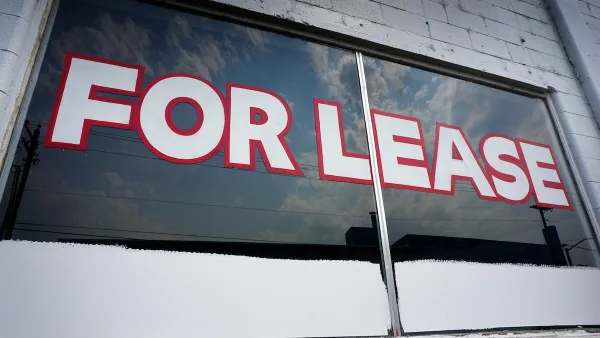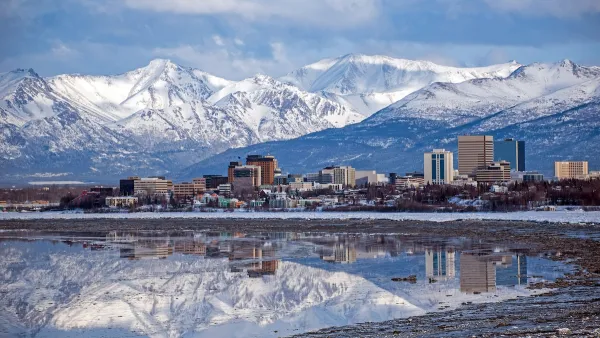When workers can't afford to live near jobs, the results are more than just housing cost burdens.

Dwyer Gunn takes a closer look at several recent and forthcoming research papers on increasing housing costs and the economic and job market effects. A new Urban Institute feature shows the outcome of spatial mismatch, where there are discrepancies between the location of workers and the location of employment opportunities, writes Gunn:
When rising rents drive workers to live too far from available jobs to apply for them, businesses and the economy suffer as well. It's not hard, after all, to imagine a coffee shop or restaurant that forgoes business, and economic growth, because it isn't able to hire the workers it needs to provide adequate customer service.
In urban areas where housing demand exceeds supply, developers would be expected to respond by producing more housing. However, this has not been the case, notes Gunn. "And while some regions do face geographic barriers (e.g. oceans) that can limit spaces to build new housing, most economists point to a policy choice—restrictive zoning and land-use regulations that effectively limit new building—as a significant driver of the housing-affordability crisis."
In addition to local and regional effects, research shows that these restrictions led to a 36 percent decrease in aggregate national growth between 1964 and 2009. And other research indicates that regulations have also resulted in fewer people relocating to high-productivity parts of the country, such as New York and California, which means economic growth is not resulting in the redistribution of people as it has in the past.
These findings suggest a strong need for zoning reform, transportation improvements that can decrease commute times, and better quality low-wage jobs, concludes Gunn.
FULL STORY: HIGH RENTS ARE STUNTING JOB-MARKET GROWTH

National Parks Layoffs Will Cause Communities to Lose Billions
Thousands of essential park workers were laid off this week, just before the busy spring break season.

Retro-silient?: America’s First “Eco-burb,” The Woodlands Turns 50
A master-planned community north of Houston offers lessons on green infrastructure and resilient design, but falls short of its founder’s lofty affordability and walkability goals.

Delivering for America Plan Will Downgrade Mail Service in at Least 49.5 Percent of Zip Codes
Republican and Democrat lawmakers criticize the plan for its disproportionate negative impact on rural communities.

Test News Post 1
This is a summary

Test News Headline 46
Test for the image on the front page.

Balancing Bombs and Butterflies: How the National Guard Protects a Rare Species
The National Guard at Fort Indiantown Gap uses GIS technology and land management strategies to balance military training with conservation efforts, ensuring the survival of the rare eastern regal fritillary butterfly.
Urban Design for Planners 1: Software Tools
This six-course series explores essential urban design concepts using open source software and equips planners with the tools they need to participate fully in the urban design process.
Planning for Universal Design
Learn the tools for implementing Universal Design in planning regulations.
EMC Planning Group, Inc.
Planetizen
Planetizen
Mpact (formerly Rail~Volution)
Great Falls Development Authority, Inc.
HUDs Office of Policy Development and Research
NYU Wagner Graduate School of Public Service





























